The Grandiose Ambition of the Great Southern of Spain Railway Company Ltd.
Loring's Lawfare & The Governor's Wife Saves the Line
This is the dramatic story of the GSSR's short Huércal-Overa to Zurgena section (1891–1892). Learn how the disgruntled Marquis of Loring used political lawfare to block the line and prevent subsidies. Discover the legendary, unconventional legal manoeuvre involving the Governor of Almería's wife that led to the line's hasty inauguration. This vital victory secured Zurgena's role as a critical triple-header engine depot and commercial hub for the Almanzora Valley.
By Nick Nutter on 2025-10-5 | Last Updated 2025-10-23 | The Grandiose Ambition of the Great Southern of Spain Railway Company Ltd.
This article has been visited 241 times

Zurgena station 2021
Through the Valley: Huércal-Overa to Zurgena (1891–1892)
With the essential port links secure, the GSSR's next target was the short stretch to Zurgena. This section was physically straightforward, running through the fertile Almanzora River valley. The topography here is classic Almería: a mix of flat plains, low, rolling hills, and the wide, arid riverbeds known as ramblas that give way to large, irrigated plantations of citrus and olives.
However, this brief journey was made unexpectedly difficult, not by the land, but by a powerful, disgruntled noble: the Marquis of Loring.
Do you enjoy my articles? For your reading pleasure, this website does not carry third party ads. You could help me write more articles by buying me a cup of coffee.
The Legal Minefield: A Battle of Wits
The completion of this section was immediately caught in the wake of the Hett, Maylor bankruptcy at the end of 1890. The Marquis of Loring, a major subcontractor who was owed a significant sum of money, incorrectly believed the GSSR was responsible for his loss. He launched a bitter legal war, using his considerable influence to have courts embargo GSSR assets in every jurisdiction in which the GSSR was working.
Crucially, Loring used his political connections to place physical obstructions on the completed line between Huércal-Overa and Zurgena. The goal? To prevent the GSSR from officially inaugurating the line and, therefore, from claiming the vital government subsidy they desperately needed for completing that section. The GSSR’s lawyer, Neil Kennedy, was forced to find an ingenious solution. He decided to complain to the Governor of Almería about “vandals” placing obstacles on the track, skillfully avoiding a direct, losing legal battle against Loring's political machine. The story of the breakthrough is legendary. When the Governor seemed to hesitate, his wife, who was present, interjected with the ultimate domestic argument: “Hey, Pepe! If they open this line soon, will I be able to visit my mother in Alicante more quickly and in more comfort?” Faced with this formidable request, the Governor instantly replied, "Certainly!" His wife retorted, "Then proceed immediately to order the removal of the obstacles!" The Governor was forced to act, ordering the Guardia Civil to clear the track. Kennedy immediately had a train waiting with a notary public, holding the official inauguration ceremony on July 30, 1892. Loring was reportedly enraged, and the story goes that the Governor lost his job over the incident, forced to "live with his wife and mother-in-law in Alicante without ever traveling on the Murcia - Granada Railway." It was a clear victory for creative problem-solving over rigid bureaucracy.
Zurgena: A Critical Depot
The newly inaugurated Zurgena station immediately became a vital hub for GSSR operations. It was more than just a stop; it included engine sheds, workshops, supply depots, and facilities for train crews to stay overnight before continuing their journeys to Águilas or Baza.
Zurgena's primary importance came from its role as the departure point for heavy iron-ore trains bound for Huércal-Overa and beyond. The track from Zurgena presented a steep incline—a one-in-fifty gradient—that required specialized hauling power. Once fully operational, these mineral trains needed a "triple header": three locomotives, two at the front and one at the rear, to make the ascent. Once they crested the hill at Huércal-Overa, the lead engines were uncoupled and sent back to Zurgena, allowing the train to continue with a single engine.
The station was commercially significant, not just for the small local population, but because it served nearby towns like Vera, Cuevas de Almanzora, and Mojácar. It handled a substantial business transporting marble and fuel, and even featured private rail lines connecting to local factories. The GSSR transformed Zurgena from a small village into a key economic artery for the entire surrounding region, providing the fast, efficient link to the port that local industry needed to flourish.
Today, the line between Huércal-Overa and Zurgena is part of the Vía Verde del Almanzora, a Greenway that allows hikers and cyclists to enjoy the picturesque route through the fertile valley, following the path of the train that cost a Governor his job.
Enjoying This Article – FREE to read on Kindle Unlimited?
My new book, 'The Grandiose Ambition of the Great Southern of Spain Railway Company Ltd.’ is now available as a fully illustrated, colour, paperback from Amazon, as a downloadable ebook from Kindle and Free to Read on Kindle Unlimited.
Do you enjoy my articles? For your reading pleasure, this website does not carry third party ads. You could help me write more articles by buying me a cup of coffee.

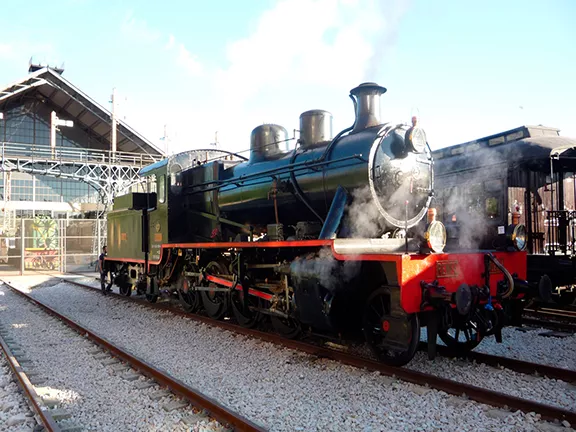 1: Setting the Stage for the GSSR
1: Setting the Stage for the GSSR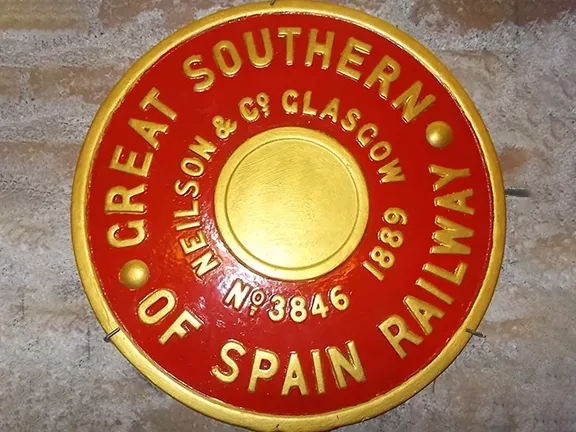 2: Founding the GSSR
2: Founding the GSSR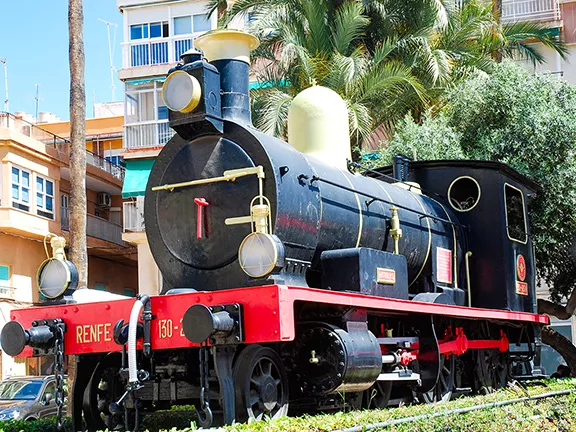 3: Águilas to Almendricos and Lorca (1885–1890)
3: Águilas to Almendricos and Lorca (1885–1890)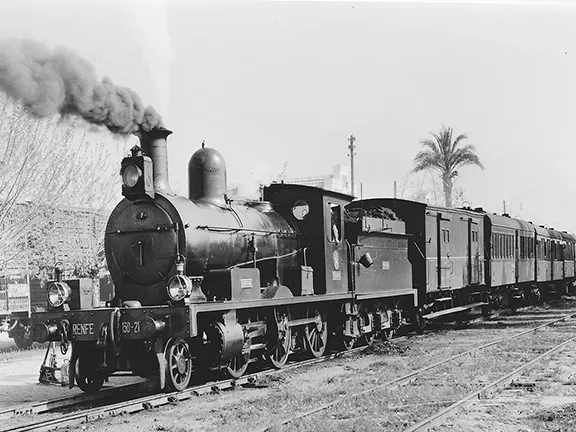 4: Implosion of Hett, Maylor & Co.
4: Implosion of Hett, Maylor & Co.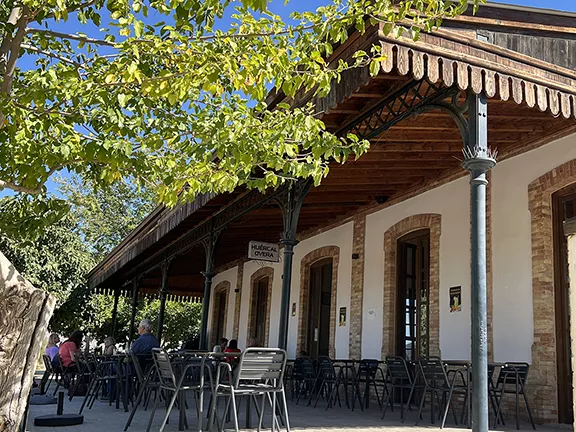 5: Almendricos to Huércal-Overa (1890–1891)
5: Almendricos to Huércal-Overa (1890–1891)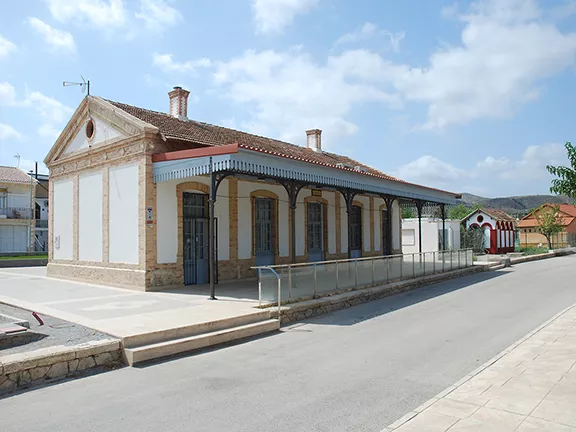 7: Zurgena to Almanzora (1892–1893)
7: Zurgena to Almanzora (1892–1893)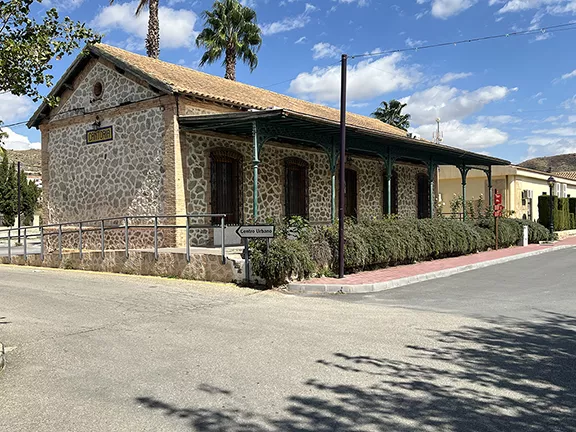 8: Almanzora to Purchena (1893–1894)
8: Almanzora to Purchena (1893–1894)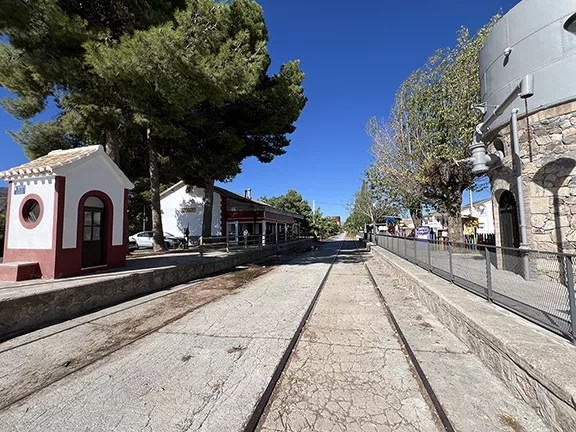 9: Purchena to Serón (1894)
9: Purchena to Serón (1894)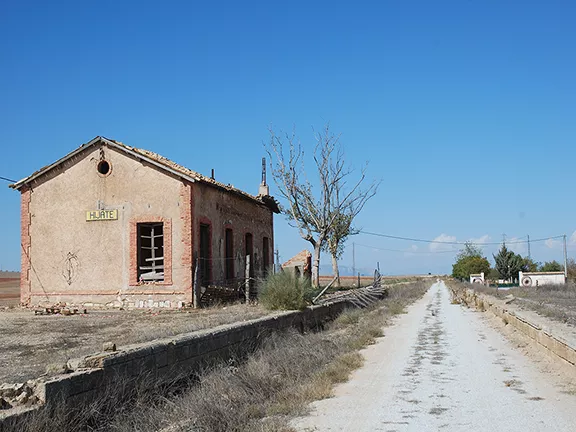 10: Serón to Baza (1894)
10: Serón to Baza (1894)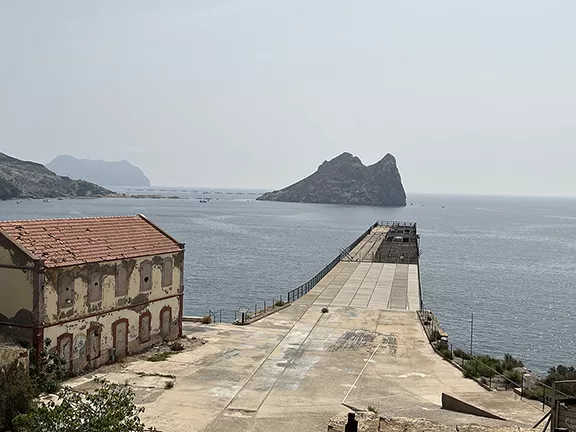 11: El Hornillo Ore Loading Pier (1903)
11: El Hornillo Ore Loading Pier (1903)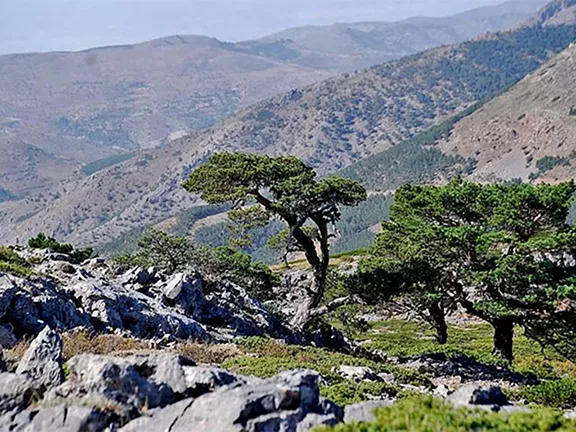 12: GSSR Concession Transfer
12: GSSR Concession Transfer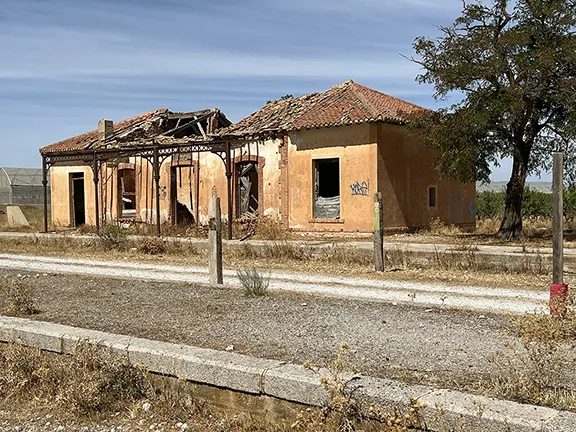 13: Baza to Baúl (1906)
13: Baza to Baúl (1906)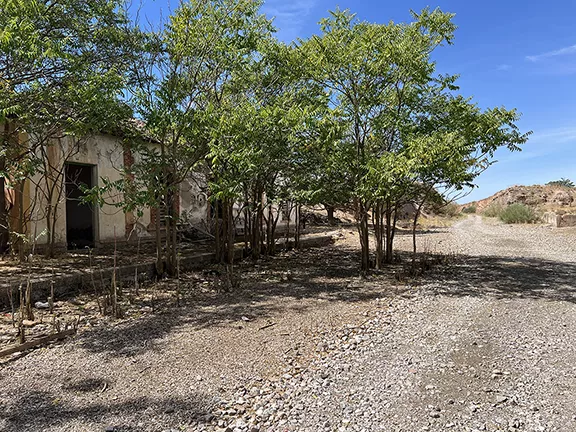 14: Baúl to Gor
14: Baúl to Gor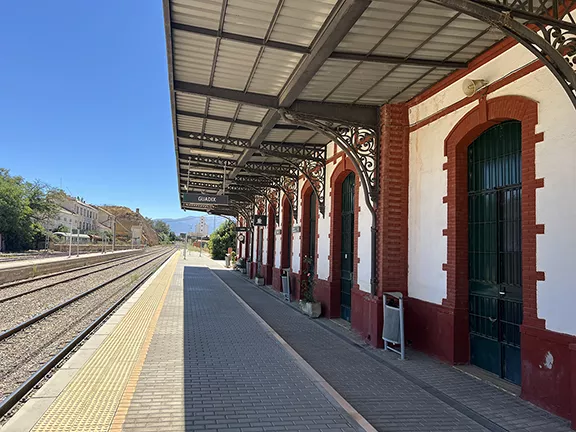 15: Gor Viaduct Disaster (1905)
15: Gor Viaduct Disaster (1905)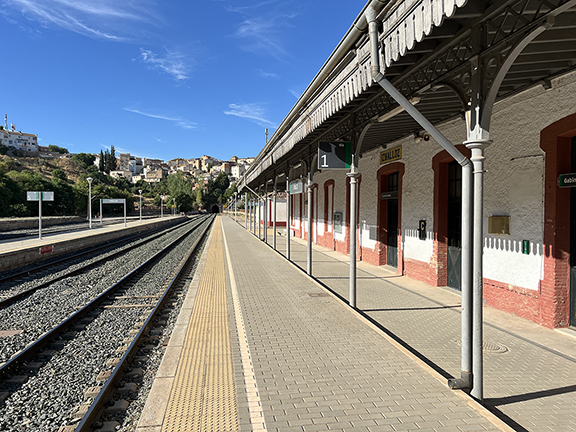 16: Granada to Guadix (1904)
16: Granada to Guadix (1904)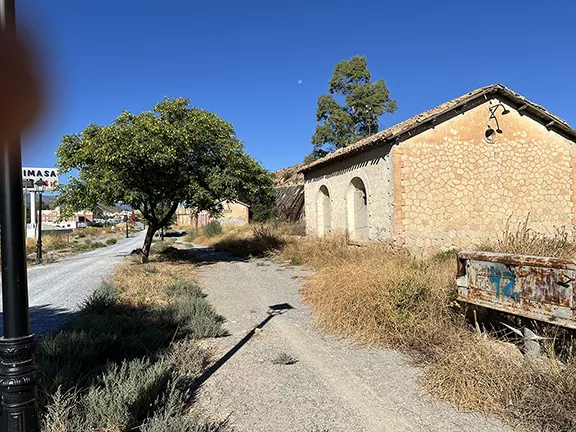 17: The Twilight and Rebirth of the GSSR
17: The Twilight and Rebirth of the GSSR